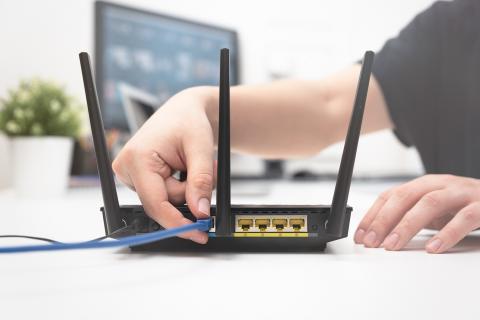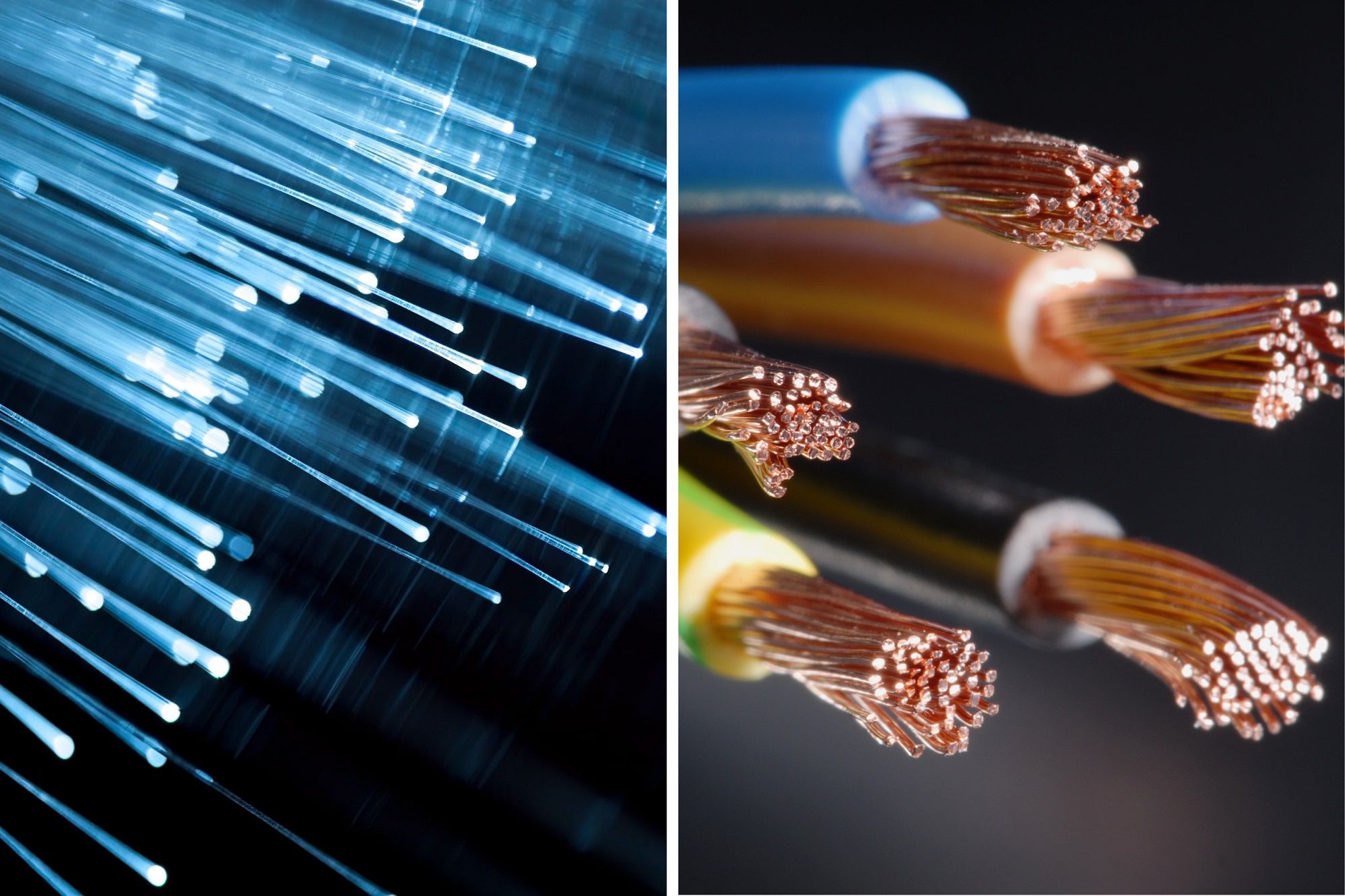What’s the difference between FTTP and FTTC?
When it comes to fibre broadband, we often hear the terms Fibre-to-the-Premises (FTTP) and Fibre-to-the-Cabinet (FTTC), but how do they differ?
Fast, reliable broadband has become more of a necessity than a luxury. Two prominent technologies that have emerged in the realm of high-speed internet are Fibre-to-the-Premises (FTTP) and Fibre-to-the-Cabinet (FTTC). Although the terms sound complex, understanding the distinctions between these technologies can significantly impact online experiences.
What is Fibre-to-the-Premises?
Fibre-to-the-Premises also known as Fibre-to-the-Home (FTTH), is a cutting-edge broadband technology that involves the direct connection of fibre-optic cables to individual homes or businesses. Data is transmitted using light signals through the thin strands of glass, ensuring super-fast speeds and low latency. With FTTP, users can enjoy symmetrical upload and download speeds, making it ideal for activities such as video calls, online gaming, and seamless multimedia streaming.
What is Fibre-to-the-Cabinet?
Fibre-to-the-Cabinet (FTTC) involves the connection of fibre-optic cables to a street cabinet, which is usually located near a home or business. From the cabinet, traditional copper or coaxial cables are used to connect to individual premises. Although the use of fibre up to the cabinet improves overall speeds compared to older technologies like ADSL Asymmetric Digital Subscriber Line (ADSL), the last leg of the connection (copper or coaxial) can limit the potential speeds and may lead to varying performance.
FTTP vs FTTC: Speed and bandwidth
Thanks to its direct fibre connection, FTTP can provide much higher speeds than FTTC. FTTP can achieve speeds of up to 1 Gbps or more. This rapid speed allows for virtually instant downloads and uploads, ensuring a seamless online experience even when multiple devices are connected simultaneously.
While FTTC does improve upon traditional copper-based connections, speeds can vary depending on the proximity to the street cabinet and the quality of the existing infrastructure. In general, FTTC can offer speeds ranging from 24 Mbps to 100 Mbps, but the upload speeds are usually significantly lower than download speeds.
FTTP vs FTTC: Reliability and latency
Fibre-optic cables used in FTTP connections are not susceptible to electromagnetic interference, which means it offers a more reliable connection. Additionally, the direct fibre connection translates to lower latency. This is crucial for online activities that require real-time communication, such as online gaming or video conferencing.
With FTTC, its reliance on copper or coaxial cables for the last leg of the connection can still lead to potential interference and reduced reliability. Moreover, the latency in FTTC connections can be higher compared to FTTP. This makes it less ideal for latency-sensitive applications, such as multimedia streaming.
Meeting the demands of tomorrow

The direct fibre connection of FTTP not only offers super-fast broadband today but is also ready for future upgrades. As technology continues to advance and data demands increase, the infrastructure of FTTP is better equipped to handle these changes without the need for significant upgrades.
On the other hand, FTTC may eventually require more significant upgrades to keep up with the ever-growing demand for faster speeds. The reliance on the older copper infrastructure can limit its long-term viability.
In short, although FTTP and FTTC represent advancements in fibre broadband technology, they cater to different needs and expectations. For those who want to prioritise speed, reliability, and future-proofing their networks, FTTP stands out as the superior choice. On the other hand, FTTC can provide substantial improvements over older technologies, and is cheaper to install compared to FTTP. However, it might fall short in delivering the kind of ultra-fast, symmetrical speeds that FTTP can offer because of its reliance on copper or coaxial cables from the street cabinet to the home or business.
Discover how Prysmian Group’s connectivity products and solutions cover all cable management needs whatever the network type.



